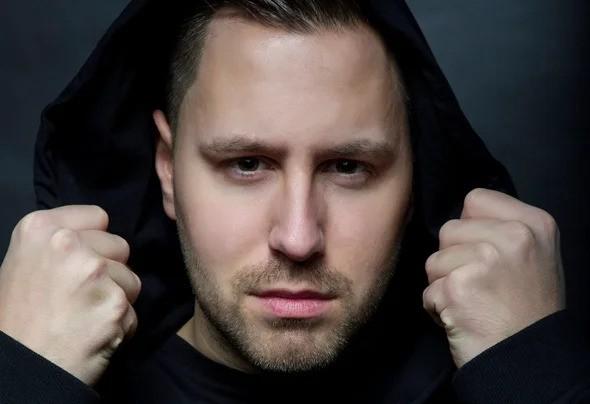Bryan Dalton: Crafting the Perfect Sound with Sonnox Plug-ins
Rotterdam, Netherlands, is a breeding ground for some of the world’s most influential Electronic Dance Music artists, and Bryan Dalton is no exception. From spinning tracks at his father’s discotheque at just twelve to producing Latin House hits with millions of plays, Bryan’s passion for house music has taken him around the globe. We caught up with him in his studio ahead of this year’s Amsterdam Dance Event (ADE) to talk music, gear, and the plug-ins that shape his sound.

From DJ Beginnings to Full-Time Producer
You started DJing at a young age. How did you get into dance music?
I started about 18 years ago as a very young and curious kid, completely addicted to dance music. DJing taught me what worked in the clubs and what didn’t. After a few years, I moved into music production and developed my studio skills. Now, I’m lucky enough to make a full-time living from my productions and travel internationally to DJ.
How has growing up in Holland influenced your sound?
Growing up in Holland has been a big advantage since the country has been leading the dance music scene for years. Our sound is straightforward, with strong melodies, beats, and arrangements, which you can hear in my productions. I feel fortunate to be part of such a vibrant music culture.
Inside the Studio: Gear and Workflow
Walk us through your studio setup.
My setup is quite humble because I need to work fast, but it’s effective. I love my Dynaudio BM15A’s for their pristine sound and power—they’re clear with a great frequency response. I also use Yamaha NS10s to check the overall balance and vocals. My studio runs two Mac Pros with Logic Pro X, Studio One, and Ableton, connected through an Apogee Duet 2 interface, which sounds amazing. I also have a UAD-2 Satellite for Universal Audio’s great plug-ins that emulate legendary hardware. For recording percussion, I use a Shure SM57, and for vocals, a Rode NT1A.
Your Latin House tracks often feature instruments like saxophones and congas. Are these samples or recorded live in your studio?
It really depends on the track. I’m a big fan of live percussion to add an extra dimension to the music. I think it makes the track come alive. I have a lot of recordings in my library, so I often use those for saxophones and guitars. Sometimes I record on the fly while producing, or I work with talented artists I’ve collaborated with over the years.
Shaping the Sound with Sonnox Plug-ins
How do you use Sonnox plug-ins to achieve your sound?
I love Sonnox plug-ins! The Oxford EQ is a lifesaver, especially for subtractive EQing where I remove unwanted frequencies without altering the overall sound too much. It’s very precise and allows me to A/B changes easily. I also appreciate the feature that lets you switch EQ types to emulate SSL or Neve consoles, which adds a nice character to the mix.
The Oxford EQ is a lifesaver, especially for subtractive EQing where I remove unwanted frequencies without altering the overall sound too much.
The Sonnox Dynamics plug-in is a powerhouse, offering excellent tools in one place. The compressor is super transparent, even at higher ratios on vocals or drums, and the warmth option subtly adds harmonics to vocals and other elements. The gate is straightforward and great for removing bleed in multi-mic recordings.
Any tips for using Sonnox plug-ins?
Here’s a quick tip for adding low-end punch to your kicks using the gate in Oxford Dynamics:
- Add a second track next to your kick track with a tone-generator set around 50Hz or whatever works best.
- Insert the Oxford Dynamics plug-in after the tone-generator. Enable the gate and set the threshold to about -10dB, just enough to gate out the tone.
- Set the side-chain input on the Dynamics plug-in to be triggered by the original kick, and enable the 'Key Input' in the gate section.
- Adjust the release to sync with your original kick and bring the level down to taste. Be careful with your speakers, as this can add a lot of low frequencies!
Your Overall Take on Sonnox Plug-ins?
Sonnox plug-ins are modeled after the original Sony OXF-R3 console, and they nailed it! They’re easy to use and don’t hinder creativity. The sound is clean, even at extreme settings, and the plug-ins are incredibly stable. I highly recommend checking them out—they’re a key part of my sound!
What’s next for you? Will you be DJing at ADE 2015?
I’ve got lots of new music and exciting projects coming up, and I’m really looking forward to ADE 2015! I’ll be playing at some great venues and have a busy schedule of meetings and interviews. Stay tuned for updates on my Facebook and SoundCloud pages, and I hope to see you there or at one of the shows!
